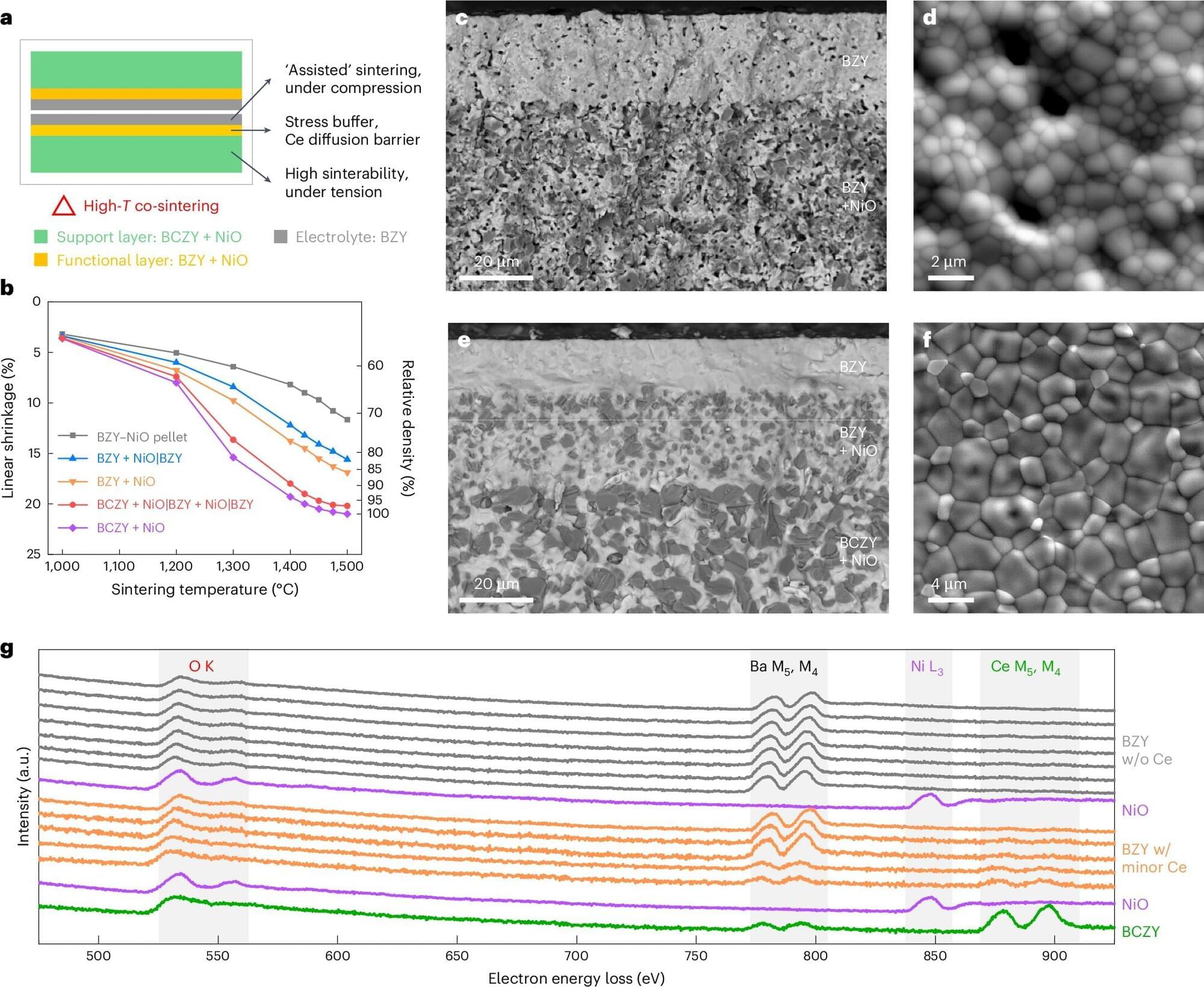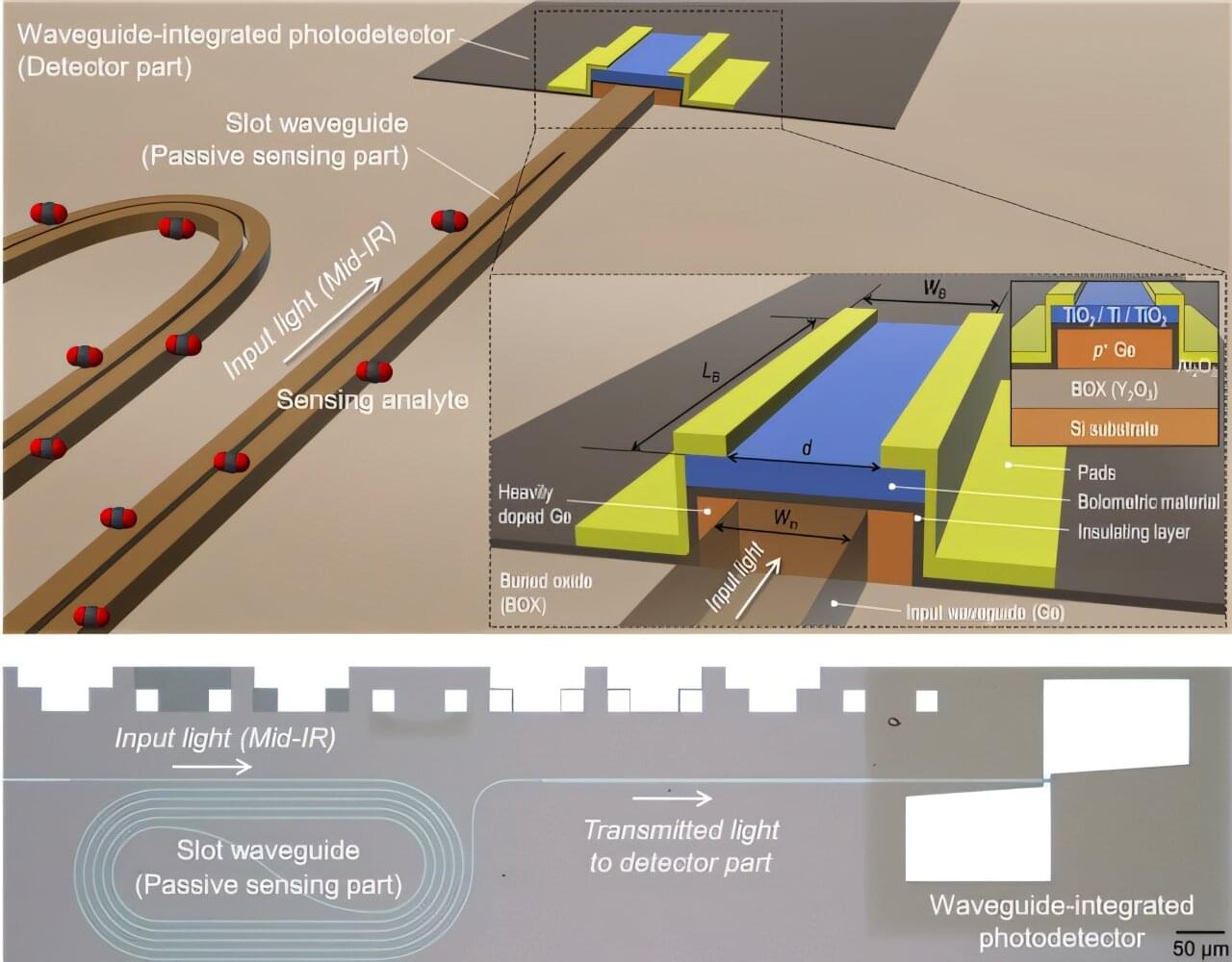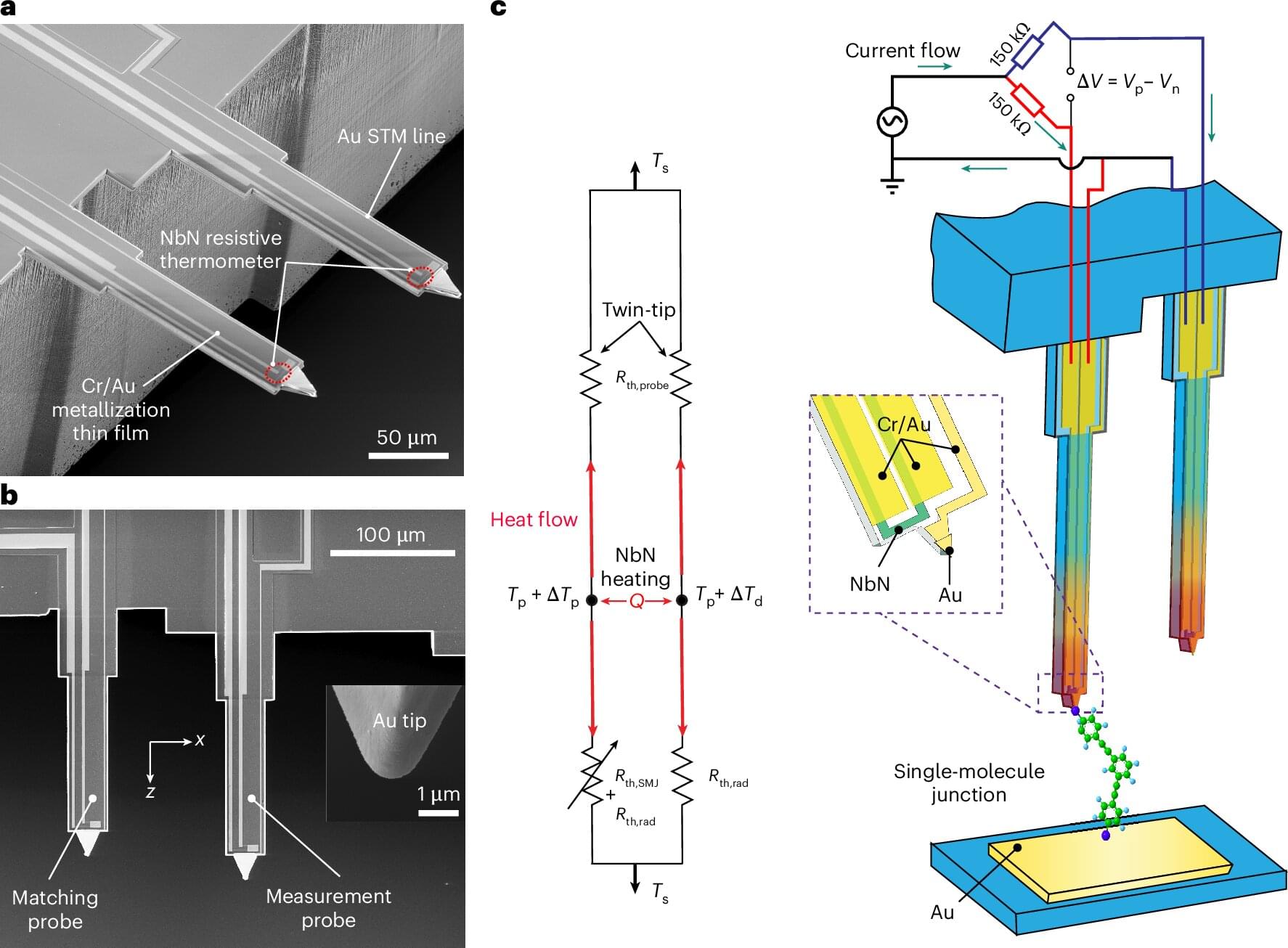Anyone who speculates on likely events ahead of time and prepares accordingly can react quicker to new developments. What practically every person does every day, consciously or unconsciously, is also used by modern computer processors to speed up the execution of programs. They have so-called speculative technologies which allow them to execute instructions on reserve that experience suggests are likely to come next. Anticipating individual computing steps accelerates the overall processing of information.
However, what boosts computer performance in normal operation can also open up a backdoor for hackers, as recent research by computer scientists from the Computer Security Group (COMSEC) at the Department of Information Technology and Electrical Engineering at ETH Zurich shows.
The computer scientists have discovered a new class of vulnerabilities that can be exploited to misuse the prediction calculations of the CPU (central processing unit) in order to gain unauthorized access to information from other processor users. They will present their paper at the 34th USENIX Security Symposium (USENIX 2025), to be held August 13–15, 2025, in Seattle.








